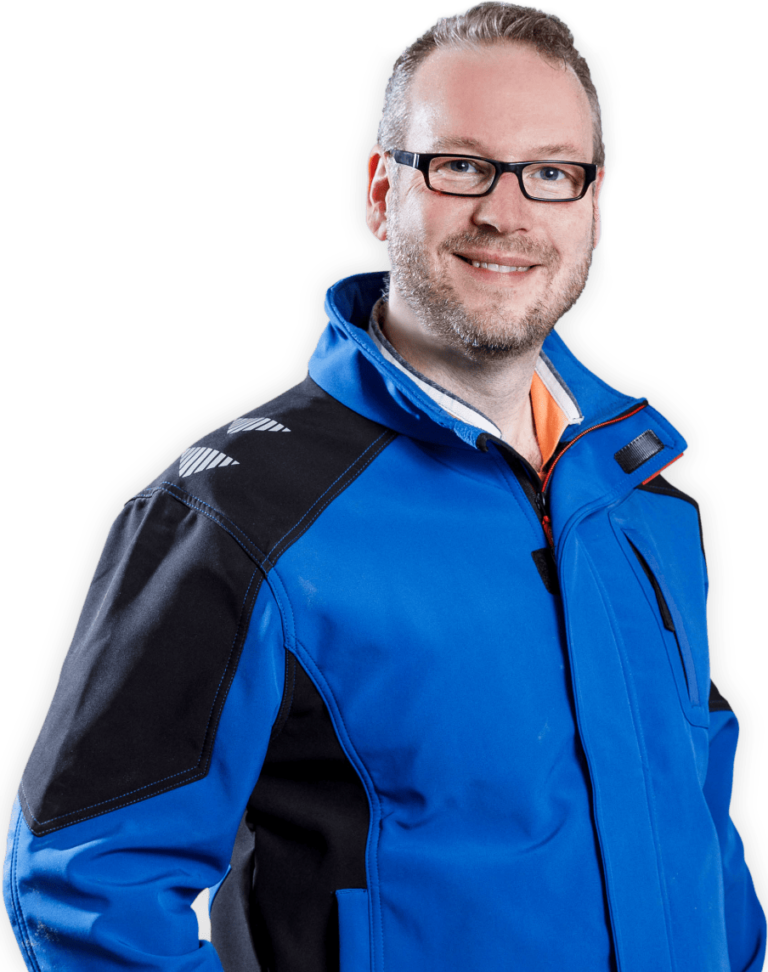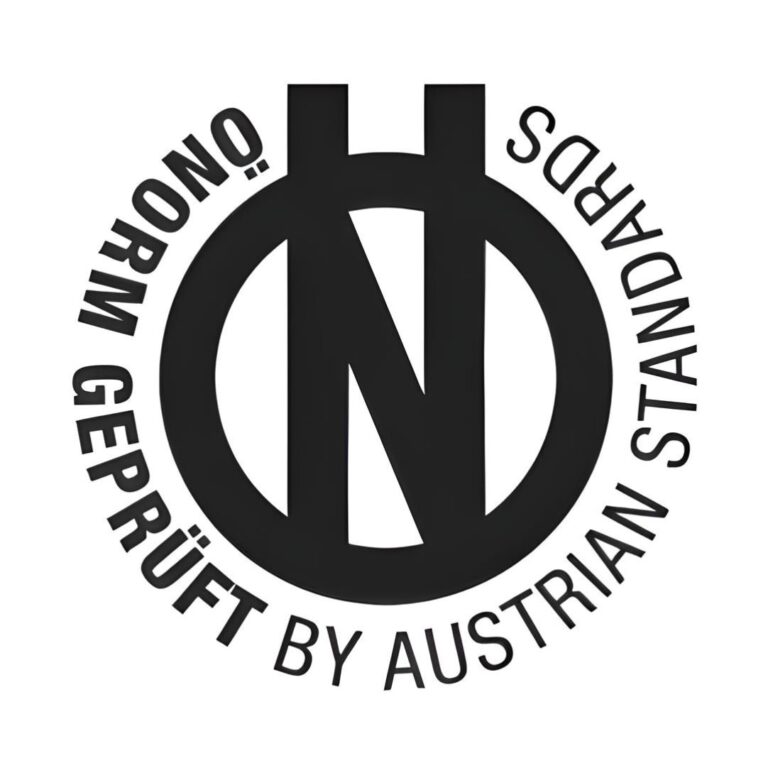Horizontal barrier
Haustrocknung.ch has been installing electrophysical horizontal barriers throughout Switzerland since 2010. Our certified process requires only minimal structural work and dries the masonry down to the cellar floor. Here you can find out what is important.
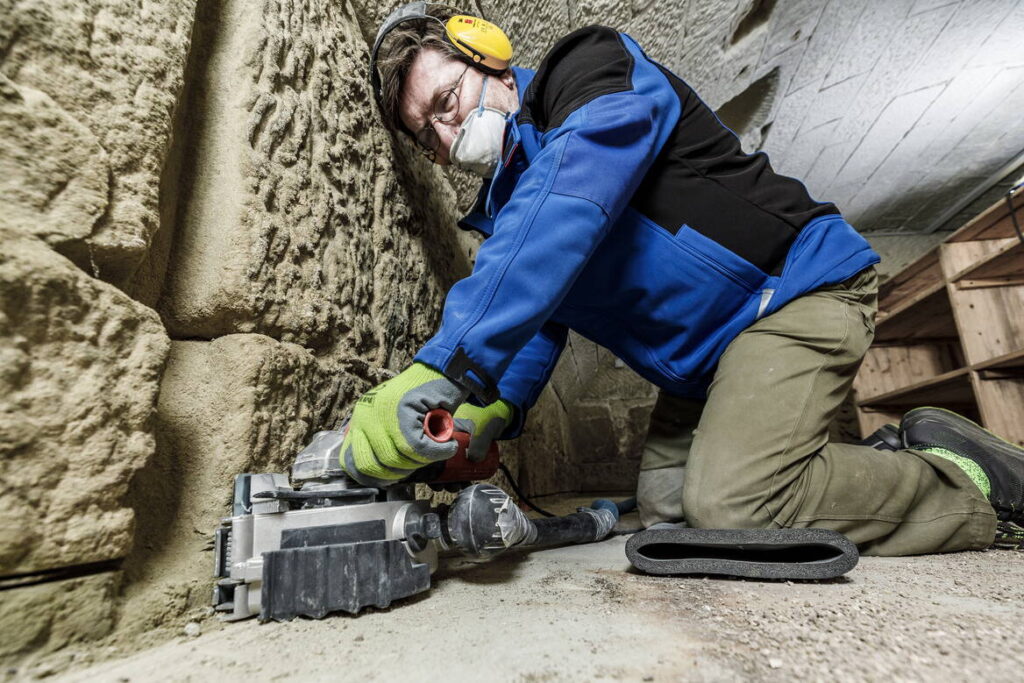
The solution against rising damp
- What is a horizontal barrier?
- How does the electrophysical horizontal barrier work?
- What are the advantages of the electrophysical horizontal barrier?
- How much does an electrophysical horizontal barrier cost in Switzerland?
- What are the risks of mechanical horizontal barriers?
- What prejudices are there against the principle of electroosmosis as a horizontal barrier?
- Conclusion
Core statements
- Subsequent structural interventions in the building envelope entail the risk of consequential damage. They should therefore be kept to a minimum.
- Electrophysical horizontal barriers are cost-effective as they require only minor structural work compared to mechanical horizontal barriers.
- The electrophysical horizontal barrier with DRYMAT® works effectively against rising damp and dries walls and floor slabs down to the cellar floor.
1. What is a horizontal barrier?
The horizontal barrier is a structural measure that prevents water from rising in the walls of the basement or first floor: Moisture that accumulates in the walls can rise upwards via the capillaries within the building fabric. The water can thus rise several meters above ground level.
On the one hand, damp walls lead to an uncomfortable indoor climate with a musty smell and increased heating costs. On the other hand, damp promotes the decay of the building fabric and thus gradually leads to a reduction in the value of the property. Damp walls ›
While horizontal barriers are usually installed in new buildings, they often have to be retrofitted in old buildings. This guide refers to the retrofitting of horizontal waterproofing in new and old buildings.
2. How does the electrophysical horizontal barrier work?
By applying a low electrical voltage to the wet wall, the water in the capillaries of the building fabric can no longer rise. The residual moisture evaporates over time and the wall becomes permanently dry.
This effect is also known as «electroosmosis»: Water flows in an electromagnetic field to the negative pole. When the extra-low voltage is applied, an electromagnetic potential is created parallel to the wall surface with the negative pole at the bottom of the cellar.
«Will I get a pinch when I touch the wall?» No, of course not, because the electrodes and wiring run inside the wall and low voltages are used, similar to the voltage on a small block battery. This means there is no electrosmog. The installation is therefore harmless to people and the environment.
How the electrophysical horizontal barrier works with the DRYMAT® system (German)
3. What are the advantages of the electrophysical horizontal barrier?
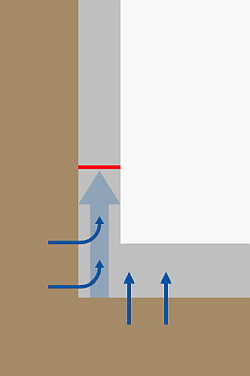
Mechanical horizontal barrier
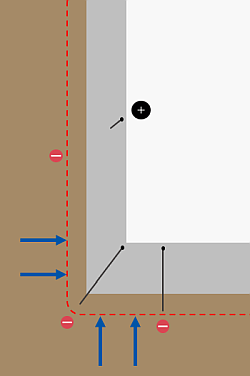
Electrophysical horizontal barrier
In contrast to all mechanical horizontal barriers, electrophysical horizontal barriers can be installed in a minimally invasive manner: While mechanical horizontal barriers have to cross the wall diameter along the entire length of the wall, electrophysical horizontal barriers only require isolated drill holes and narrow slits.
This reduces costs and minimizes the risk of consequential damage, such as cracks due to subsidence. In addition, the electrophysical horizontal barrier can be installed in compliance with monument protection regulations.
The electro-osmosis of the DRYMAT® system is also able to dry out the building structure down to the cellar floor. A mechanical horizontal barrier, on the other hand, cannot prevent the cellar floor, for example, from remaining damp and therefore requires additional waterproofing.

Installation of an electrophysical horizontal barrier with the DRYMAT® system
The DRYMAT® system is designed ÖNORM B 3355-2 certified. It is manufactured in Germany and comes with a 10-year guarantee. The ÖNORM seal of approval certifies the scientific recognition and describes the practical application of the DRYMAT® system for wall dehumidification.
The ÖNORM certification system of Austrian Standards is based on the standards EN ISO/IEC 17065 and EN ISO/IEC 17067 (scheme type 3). It is used for the ongoing monitoring of a product and requires an inspection of production and a test of the product at least once a year.
4. How much does an electrophysical horizontal barrier cost in Switzerland?
An electrophysical horizontal barrier with the DRYMAT® system costs between CHF 15,000 and CHF 20,000 for a house with a floor area of 60 square meters. The price depends on the length of the walls, the accessibility of the walls, the type of building material and the aesthetic requirements, as well as the length of the journey. Ask us for an individual offer without obligation.
DRYMAT® incurs annual electricity costs of around CHF 50 to maintain the electrical potential. Otherwise, the system is maintenance-free and comes with a 10-year guarantee.
5. What are the risks of mechanical horizontal barriers?
Mechanical horizontal barriers only partially solve the moisture problem, regardless of the method chosen: For example, the area below the barrier, such as the basement floor, remains damp. If plaster is subsequently applied to the walls, moisture may rise again.
There is also a high risk of consequential damage with retrofitted mechanical horizontal barriers because they have to penetrate the wall diameter along the entire length of the wall. The building envelope is weakened at least during installation above the foundation or floor slab.
This can lead to tension in the walls, which can cause cracks even years later. In addition to the risk of consequential damage to the building envelope, horizontal waterproofing also poses environmental risks in some cases, as chemicals may be used. DRYMAT®, on the other hand, is harmless to people and the environment.
6. What prejudices exist against the principle of electroosmosis as a horizontal barrier?
The prejudices say,
- that the electroosmotic horizontal barrier requires extensive testing;
- that the walls do not become completely dry and
- that no long-term studies are available to determine whether the procedure really works.
All prejudices refer generally to «electroosmosis» as a sealing method, although there are several qualitatively different systems on the market that work according to the principle of electroosmosis. We can therefore only speak for the DRYMAT® system:
- It is true that the causes of moisture must be precisely analyzed in advance in order to guarantee the functionality of DRYMAT®. Our investigations usually take no longer than a few hours. In any case, we recommend that you invest this time in order to have the property inspected by a moisture expert prior to refurbishment.
A structured approach is essential for the success of moisture remediation. «Simply having a horizontal barrier installed» is not the right approach. Unfortunately, we repeatedly see «completed basement renovations» where stains are already forming on the new plaster because the moisture problem has not been solved adequately.
- The preconception that electro-osmosis leaves some of the walls damp persists. The reason for this is that suppliers of electro-osmosis systems work exclusively with radio waves. The electrical potential of pure radio systems is often not sufficient to completely dry the building fabric.
With the DRYMAT® system, the electrical potential is amplified by electrodes that are anchored directly in the wall. This makes DRYMAT® strong enough to completely dry out the building fabric - even when there is a high level of moisture. This is certified according to ÖNORM B 3355-2.
- As far as the uncertainty regarding the long-term functionality of the electrophysical horizontal barrier is concerned, DRYMAT® comes with a 10-year guarantee. The Certification according to ÖNORM B 3355-2 also proves the practical suitability and scientific recognition of the DRYMAT® system.
Haustrocknung.ch is the exclusive representative for DRYMAT® in Switzerland. We have been successfully using the system throughout Switzerland since 2010. Take a look at our References.
7. Conclusion
The electrophysical horizontal barrier with DRYMAT® requires only minor structural interventions in the building envelope. It can therefore be implemented in a building-friendly and cost-effective manner compared to a mechanical horizontal barrier.
In contrast, the risk of consequential damage is relatively high with mechanical horizontal barriers, as they have to penetrate the wall diameter along the entire length of the wall. The local loosening of the building fabric can cause tension in the wall, which can lead to cracks even years later.
The electrophysical horizontal barrier with DRYMAT® not only prevents moisture from rising in the wall, but also dries walls, foundations and floor slabs down to the cellar floor. With a mechanical horizontal barrier, on the other hand, parts of the building below the barrier, such as the cellar floor, remain damp and must be sealed with additional measures.
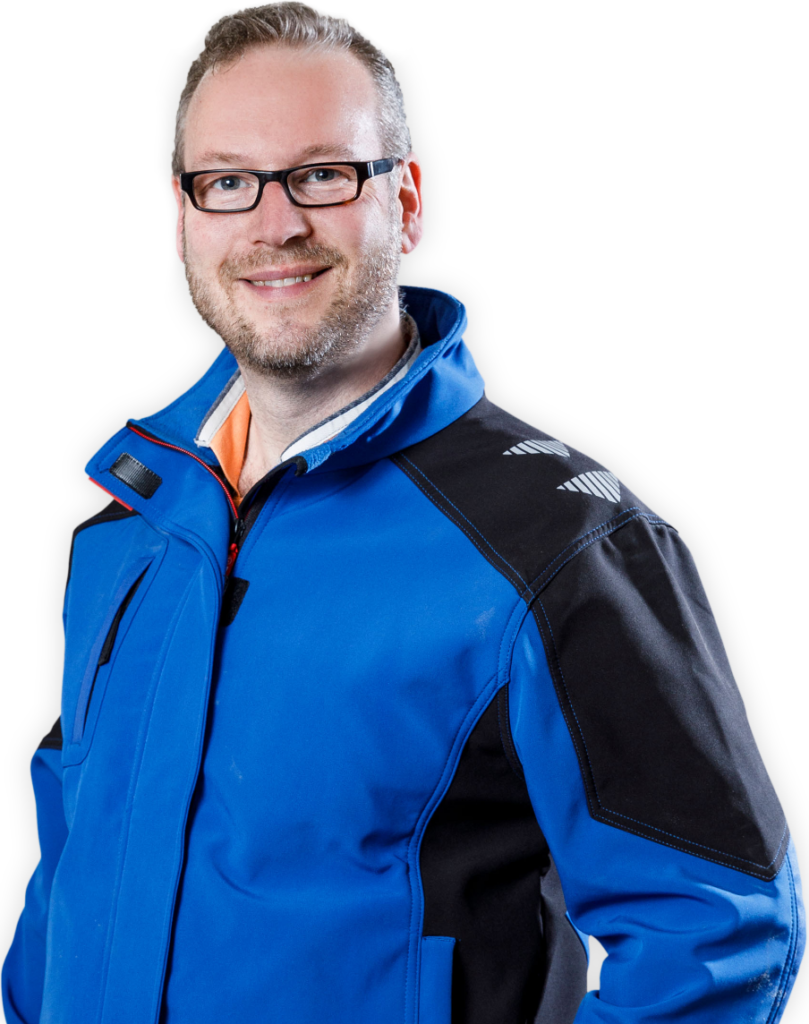
Contact us without obligation
Do you have any further questions or may we prepare an offer for you?
Get in touch with us without obligation. We look forward to your inquiry!
Do you have any further questions or may we prepare an offer for you?
Get in touch with us without obligation. We look forward to your inquiry!
Tobias Bayer
Managing Director
